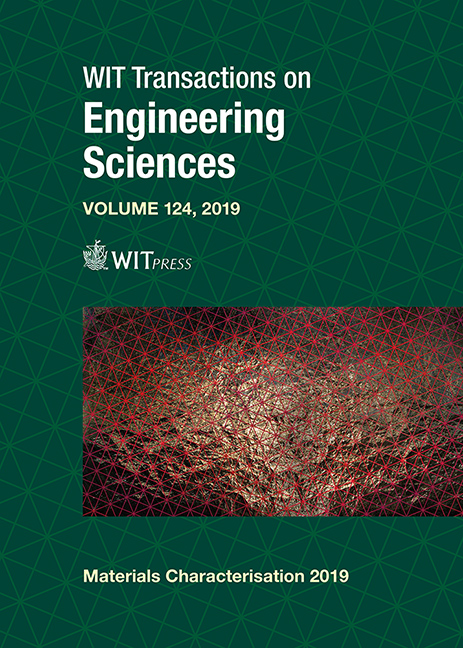USE OF RECYCLED AGGREGATES FROM DEMOLITION WASTES IN CONCRETE: ACOUSTIC PROPERTIES
Price
Free (open access)
Transaction
Volume
124
Pages
11
Page Range
37 - 47
Published
2019
Size
1,203 kb
Paper DOI
10.2495/MC190041
Copyright
WIT Press
Author(s)
CARLOS RODRÍGUEZ, ISIDRO SÁNCHEZ, SALVADOR MARTÍNEZ, JESÚS CARBAJO, JAIME RAMIS, IGNACIO GARCÍA-LEGAZ
Abstract
The construction industry is one of the most demanding in terms of natural resources, and of the most polluting in terms of emissions to the atmosphere. Concrete is one of the most used materials in engineering and is a paradigm of the consumption of rocks for aggregates, used in polluting industries such as cement production. In trying to reduce the consumption of natural resources, efforts are being made to use waste as recycled aggregates. This fact has evident economic and environmental advantages, but it has a drawback. The concrete prepared with recycled aggregates has lower mechanical strength than ordinary concrete. This decrease of resistance is mainly due to a higher porosity exhibited by the materials from recycled aggregates. But the increase of porosity can be a great advantage in terms of sound absorption. In this work several types of recycled aggregates have been tested, paying special attention to their acoustic behaviour and pore structure. The results show that concrete made with recycled waste are effective in absorbing sound. It might become an alternative to traditional concrete, since recycling samples behave similarly or better in terms of sound absorption, using recycled materials, and increasing their life-cycle. The measurement of acoustic properties, as well as density, has already been undertaken in previous works. This work presents an image analysis methodology that is completely novel, and that helps to understand the acoustic behaviour of concrete elements.
Keywords
recycled aggregates, pore structure, sound absorption





